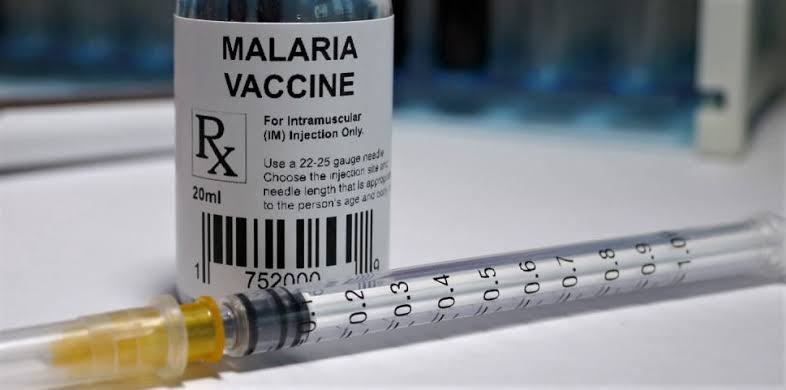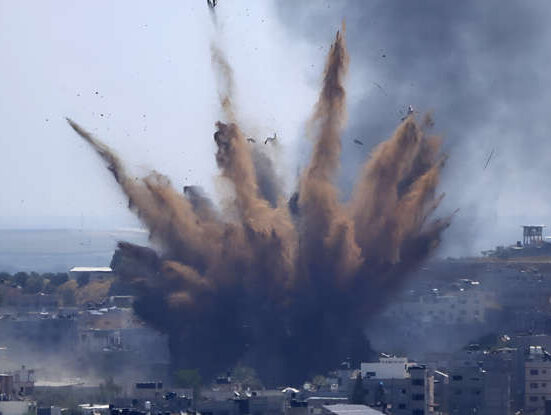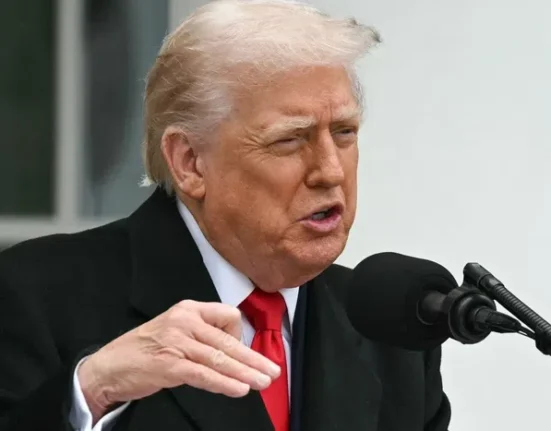A cheap malaria vaccine that can be produced on a massive scale has been recommended for use by the World Health Organization.
The vaccine has been developed by the University of Oxford and is only the second malaria vaccine to be developed.
There are already agreements in place to manufacture more than 100 million doses a year. It has taken more than a century of scientific effort to develop effective vaccines against malaria.
It is almost two years to the day since the first vaccine – called RTS,S and developed by GSK – was backed by the World health Organization.
Dr Tedros Adhanom Ghebreyesus, director-general of the WHO, said today was a moment of “great pleasure”.
The WHO said the effectiveness of the two vaccines was “very similar” and there was no evidence one was better than the other.
READ ALSO: Ballet Music Cuts Are Cultural Vandalism, Union Says
However, the key difference is the ability to manufacture the University of Oxford vaccine – called R21 – at scale.
The world’s largest vaccine manufacturer – the Serum Institute of India – is already lined up to make more than 100 million doses a year.
So far there are only 18 million doses of RTS,S.
The World Health Organization said the new R21 vaccine would be a “vital additional tool” as demand for malaria vaccines was far outstripping supply and available from the middle of next year.
Each dose costs US$2-4 and four doses are needed per person.
Dr Matshidiso Moeti, the WHO regional director for Africa, said: “This second vaccine holds real potential to close the huge demand-and-supply gap.






Leave feedback about this
You must be logged in to post a comment.